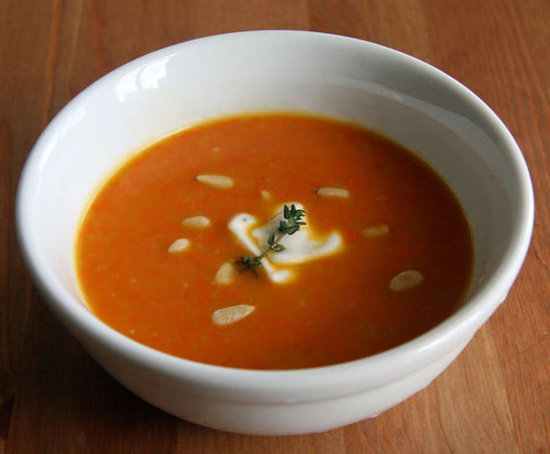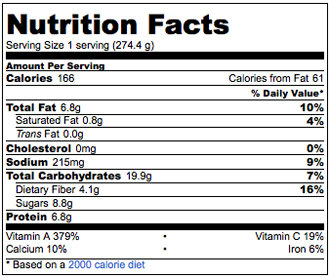Finally an article about cupping! I love cupping and use it not only on myself for various sports injuries, but also for my patients with complaints ranging from tired backs, pulled muscles, and tight shoulders from using the computer, to even the common cold.
The most common questions I get asked about cupping are:
1) Will it burn me?
2) Will it hurt?
3) How long will the marks last?
And the answers are as follows:
1) No it will not burn you. The flame used creates a vacuum in the cup so it can suck onto the skin. The flame is inside the cup for about one second or less, hardly enough time to make the glass hot.
2) Cupping feels great! The practitioner has the ability to adjust how tight the cups are on the body, making it more or less intense. Stationary cups give a more concentrated sensation and moving cupping is very akin to a deep tissue massage.
3) The marks very greatly from person to person and from treatment to treatment. Typically those who are more fair skinned mark more easily and stationary cups leave more of a mark than moving cupping. I usually tell my patients the marks can last anywhere from one day to a week and a half. Cupping's cool, wear the marks as a fashion statement!
I love how these articles like to suggest that these treatments may just be placebo effect, but the fact remains, if patients feel relief then it works. (And it really does work.)
_________________________________________________________________________________________________________________
Link:
http://online.wsj.com/article/SB10001424127887324073504578114970824081566.html?mod=googlenews_wsj
The ancient art of applying suction cups to the body
has gotten a boost from several new studies that show it helps relieve a
variety of painful conditions. But scientists say larger, more rigorous
studies are needed.
Fairbanks Daily News-Miner/ZumaPress.com
Cupping, as the practice is called, was
performed traditionally in China and other countries, and is now
available from acupuncturists, and some chiropractors and massage
therapists in the U.S. In the traditional method, called fire cupping, a
ball of burning cotton is briefly placed inside a glass cup to heat the
air inside, which then creates a partial vacuum as it cools.
Newer-style plastic or silicone cups have valves that attach to hand
pumps used to create suction.
Until recently, there was scant published evidence in favor of
cupping for pain relief. Over the past three years, a handful of new
studies have shown it helps relieve back, neck, carpal tunnel and knee
pain.
There are a number of theories on how cupping may work to relieve
pain. A widely held one is that suction on the skin "increases blood
flow to the area and creates a mild immune response," says Kathleen
Lumiere, an assistant professor of acupuncture and oriental medicine at
Bastyr University in Kenmore, Wash. It also helps release fascia,
connective tissue that can pull on muscles causing pain or limited
motion, clinicians say.
Typically cups are on for up to 20 minutes and leave a temporary
reddish mark that looks "like rare roast beef," says Brian K. Nathanson,
a Norwalk, Conn., chiropractor who has been doing cupping for about
five years.
![[image]](http://si.wsj.net/public/resources/images/PJ-BK796_ACHES_DV_20121112193413.jpg)
Some clinicians slide the cups on the body, using them as massage
tools in a technique sometimes called running cupping. "People who love
deep-tissue massage love cupping," says Gabrielle Francis, a Manhattan
chiropractor and acupuncturist who does both static cupping and running
cupping. Both can cause mild discomfort in some patients, clinicians
say.
The intrepid can opt for "wet cupping,"
in which the skin is punctured with a lancet before the cups are
applied. The technique, which draws out a small quantity of blood, can
have a powerful effect—particularly on areas where you can feel a hard
lump of knotted muscles, says Kristine Tohtz, a Chicago chiropractor and
acupuncturist who does wet and dry cupping
.
Cost of cupping varies widely, from $40 to $100 or more for a
half-hour session. It shouldn't be done on pregnant women, people with
heart conditions or people with bleeding disorders, clinicians say.
Caution should be used if a person has thin skin that might tear easily.
In a study of people with neck pain caused by computer use, "cupping
therapy was effective in reducing pain," says Tae-Hun Kim, a researcher
at the Korea Institute of Oriental Medicine in Daejeon, South Korea. The
40-person study, published online in September in the Journal of
Occupational Health, found that six cupping sessions over two weeks was
more effective on average in relieving pain than a heating pad—and the
benefit lasted a month after treatment ended.
![[image]](http://si.wsj.net/public/resources/images/PJ-BK798_ACHES_DV_20121112193834.jpg)
But, says Romy Lauche, a scientist at the University of
Duisburg-Essen in Essen, Germany, "the studies are very preliminary. We
cannot say it has proven its efficacy."
Dr. Lauche co-authored a 50-person study published last year that
found a single wet-cupping treatment on average significantly reduced
chronic neck pain three days after the treatment, compared with a
control group that had no treatment. Location of the cups varied with
each patient but typically was on the trapezius muscle, which spans the
neck, shoulders and upper back. In unpublished results, she adds,
scientists found the pain relief lasted for months.
In a 40-person German study published in October, cupping therapy
significantly relieved knee arthritis pain compared with patients who
received no treatment. But the study's lack of a control group treated
with a sham technique "raises questions of whether it is cupping that is
really working or if it has a placebo effect," says David Felson, who
directs an arthritis research program at Boston University School of
Medicine.
Dr. Lauche agrees that lack of a placebo control is a flaw in the
studies. A new study, currently ongoing for fibromyalgia pain, is
testing cupping against a sham cup that attaches with adhesive and
provides minimal suction, she says.
By LAURA JOHANNES
—Email aches@wsj.com
Write to Laura Johannes at
laura.johannes@wsj.com



 Ingredients
Ingredients

![[image]](http://si.wsj.net/public/resources/images/PJ-BK796_ACHES_DV_20121112193413.jpg)
![[image]](http://si.wsj.net/public/resources/images/PJ-BK798_ACHES_DV_20121112193834.jpg)
